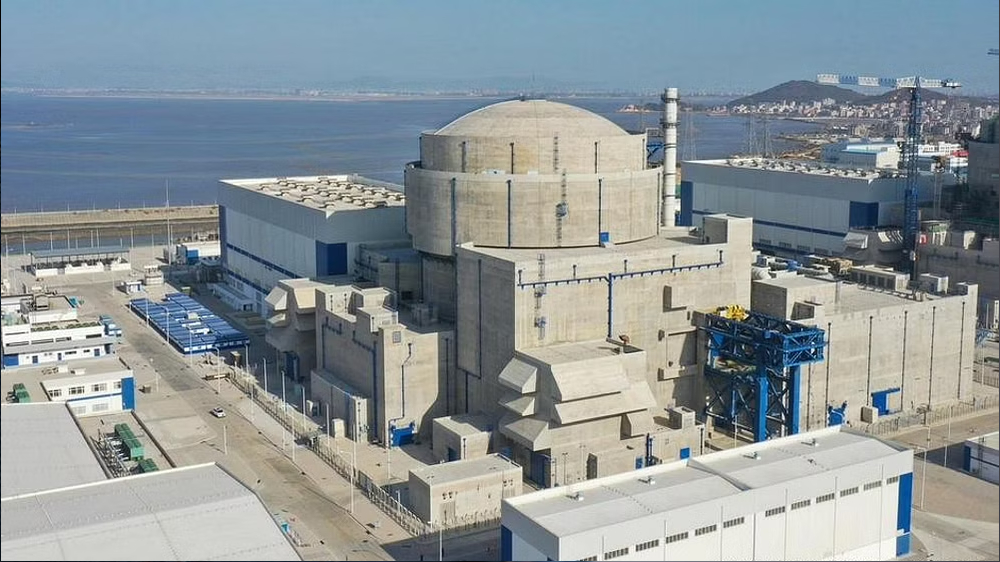Boon or Bane: Global nuclear phaseout, or renaissance?
European Parliament in July sanctioned the listing of nuclear as “green energy.” But as fears also mount about nuclear safety following the shelling of Ukraine’s Zaporizhzhia nuclear plant, Europe’s largest, what is state of play on nuclear energy globally?;

The energy crisis sparked by the war in Ukraine has motivated Germany to extend the life of two nuclear power stations by a few months beyond the scheduled end-of-year phaseout. Meanwhile, Belgium is delaying its 2025 nuclear phaseout by 10 years, and will run one reactor in each of its two plants as backup amid ongoing energy uncertainty. This comes as the European Parliament in July sanctioned the listing of nuclear as “green energy.” But as fears also mount about nuclear safety following the shelling of Ukraine’s Zaporizhzhia nuclear plant, Europe’s largest, what is state of play on nuclear energy globally? There are currently 409 nuclear reactors in operation in 41 countries worldwide. Nuclear power accounted for about 10% of global electricity demand in 2020, down from a high of 17.5% in 1996, according to the 2021 World Nuclear Industry Status Report. This nuclear share is now below renewable energy generation: While solar and wind power output increased by 21% and 12% respectively in 2020, nuclear generation dropped by 4%.
Most nuclear reactors were built between 1968 and 1986, mainly in Europe, the US, the former Soviet Union and Japan. The global average age of these reactors is 31 years. The US currently has 92 nuclear reactors — more than any other country in the world. In 2020, they met almost 20% of the country’s electricity demand. The US also has the oldest reactors in the world, with an average age of 41.5 years.
Most reactors went into operation by 1985, while construction of two new reactors began in 2013. The future of nuclear power in the US is uncertain. Although there are concepts for a new generation of smaller, more efficient reactors, the cost of producing nuclear energy is much higher than renewable energy sector — the levelised cost of energy (LCOE) of solar globally has declined around 90% in recent years, with nuclear energy rising around 33% at the same time, according to the 2021 World Nuclear Industry Status Report. There is no final repository for highly radioactive waste in the US. It is stored on-site at the power-plants. France has relied on nuclear energy like no other country in the world in recent decades. In 2020, nuclear supplied around 67% of electricity demand (down from 71% the previous year). Currently, 56 power plants are still in operation and one is under construction. The power plants have an average age of almost 37 years, and the last reactor went online in 1999.
The world’s largest nuclear energy supplier and state-owned group EDF, which operates the French reactors, is expected to have 60 billion euros ($59,600) in debt by the end of 2022. It will still have to invest an estimated 100 billion euros by 2030 to keep the old reactors in operation. Despite maintenance problems with France’s nuclear fleet — including this summer due to high temperatures and drought — President Macron announced in February plans to build six new reactors. There is no final repository for highly radioactive waste in France.
India currently has 19 nuclear reactors that produced a little over 3% of the total national energy in 2020. Three reactors went online over the last 10 years, and six power plants are under construction. The average age of reactors is around 20 years. However, the expansion of nuclear power in India has been plagued by delays and mounting costs. In 2012, the Planning Commission of India projected that the total capacity of all reactors would increase from just under 5 gigawatts (GW) to as much as 30 GW by 2027. Reactors with a capacity of less than 7 GW were connected to the grid in 2020. The reactors under construction have a total capacity of 4 GW. Since the construction time of reactors in India is more than 10 years, a maximum of 11 GW will be on the grid in 2027, almost three times less than originally planned. India does not have a final storage facility for highly radioactive nuclear waste.
Visit news.dtnext.in to explore our interactive epaper!
Download the DT Next app for more exciting features!
Click here for iOS
Click here for Android

